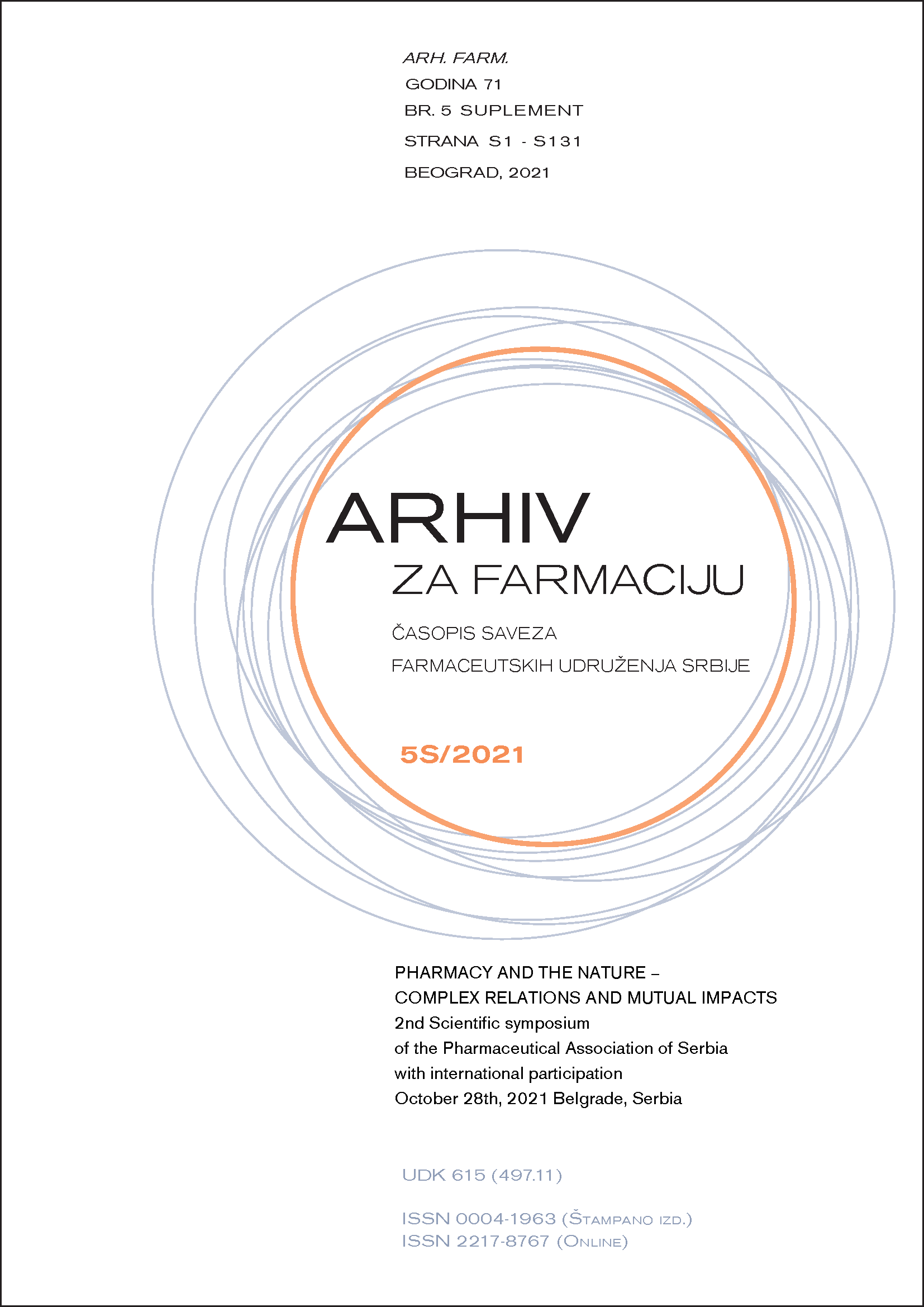ESSENTIAL OIL PROFILE OF SATUREJA KITAIBELII WIERZB. EX HEUFF. IN RELATION TO VEGETATION STAGE
Abstract
The genus Satureja L. (Lamiaceae) has around 30 species distributed on sunny and rocky cliffs. Satureja kitaibelii Wierzb. ex Heuff. is endemic to the Balkan (southwest Romania, eastern Serbia, and northwest Bulgaria). S. kitaibelii also known in Serbia as Rtanj tea is used as a culinary herb, as well as in traditional medicine. It is used as a stomachic, carminative, expectorant, and as an aphrodisiac (1). The essential oil composition of S. kitaibelii is very variable. According to some authors S. kitaibelii essential oil showed three potential chemotypes: geraniol, limonene and p-cymene (2). A search of the available literature revealed no data on essential oil profile of S. kitaibelii in relation to vegetation stage. Given the importance of S. kitaibelii as a culinary herb and medicinal remedy, the aim of the present study was to examine the essential oil from natural populations S. kitaibelii at the Kravlje village, southeast Serbia during different vegetation stage. Hydrodistilled essential oils (EO) of aerial parts of S. kitaibelii Wierzb. ex Heuff. were analyzed by Gas Chromatography with Mass Selective Detector, Flame Ionization Detector (GC–MS/FID). Most abundant components among the EO volatiles are: geraniol (2.9-42.1%), limonene (8.7-15.3%) and p-cimene (9.1-11.9%). The obtained results indicate the fact that in geraniol chemotype, p-cymene has been one of three dominant components, which is not in accordance with the conclusions of some authors (2). Based on our experience, it can be stated that the chemotypes of essential oils should be analyzed in great detail and systematically, avoiding final conclusions.

